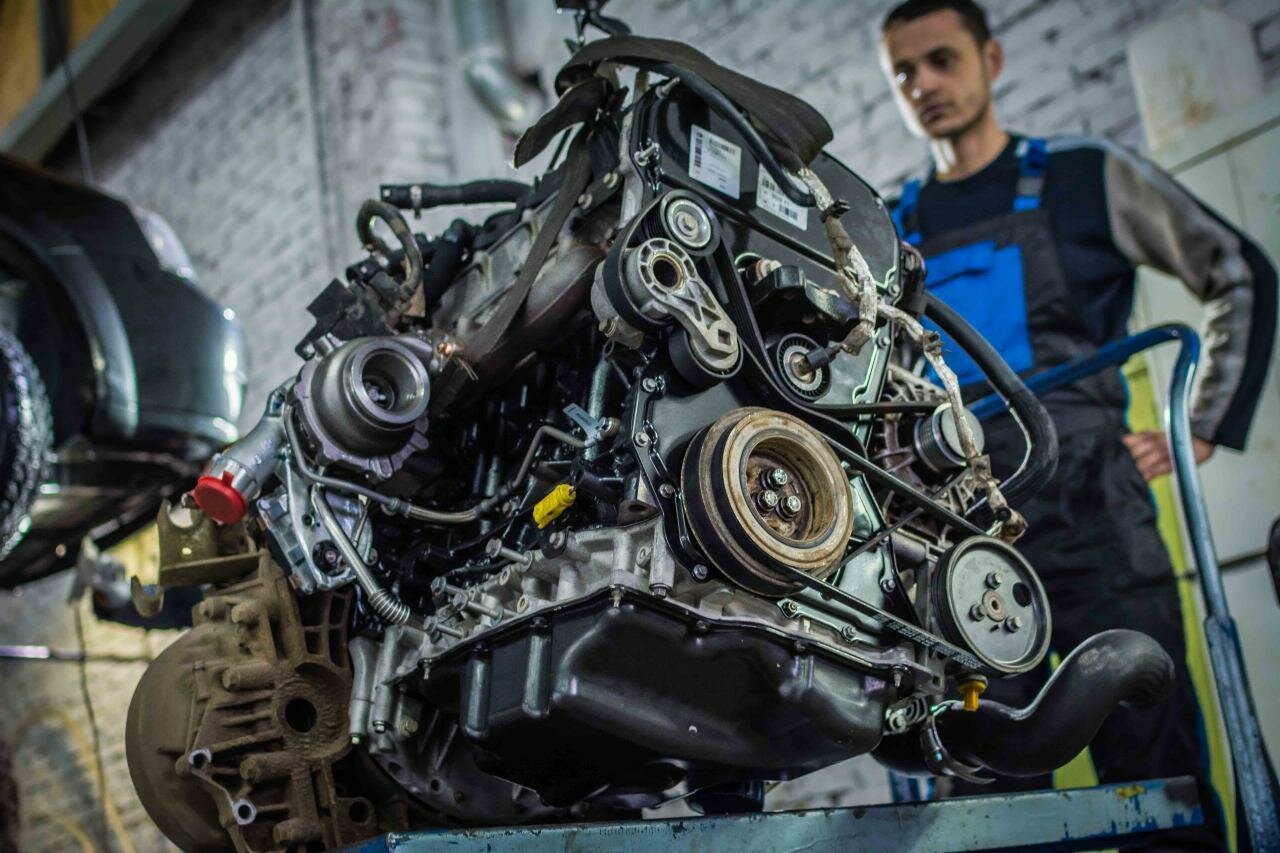Mercedes A220 Engine Issues: A Closer Look
Background of the Mercedes A-Class
The Mercedes A-Class has long been a staple in the luxury compact car segment, known for its blend of performance, style, and advanced technology. Launched in the early 1990s, the A-Class has evolved significantly over the years, with the latest generation debuting in 2018. Among the various models in the lineup, the A220 stands out as a popular choice for those seeking a balance between luxury and practicality. Equipped with a turbocharged 2.0-liter inline-four engine, the A220 offers a respectable output of 188 horsepower and 221 lb-ft of torque, making it a compelling option for urban driving and highway cruising alike.
However, despite its appealing attributes, the A220 has not been without its share of engine-related problems. As with any vehicle, the complexity of modern automotive engineering can lead to unforeseen issues, and the A220 is no exception. Owners have reported a range of engine problems that can affect performance, reliability, and overall driving experience. These issues have raised concerns among consumers and potential buyers, prompting a closer examination of the A220’s engine performance and the implications for safety and maintenance.
In this article, we will delve into the specific engine problems associated with the Mercedes A220, exploring the common complaints from owners and the potential impact on the vehicle’s performance. Understanding these issues is crucial for current and prospective A220 owners, as it can influence maintenance decisions and overall satisfaction with the vehicle.
Common Engine Problems in the Mercedes A220
The Mercedes A220, while a stylish and well-equipped vehicle, has garnered attention for several engine-related issues that can significantly affect its performance and reliability. Understanding these problems is essential for owners and potential buyers alike.
1. Engine Stalling
One of the most concerning issues reported by A220 owners is engine stalling. This problem can occur unexpectedly, leaving drivers stranded and posing safety risks. Common causes of engine stalling include:
- Fuel delivery issues
- Electrical system malfunctions
- Faulty sensors
2. Excessive Oil Consumption
Another prevalent issue with the A220’s engine is excessive oil consumption. This can lead to a range of problems, including:
- Increased maintenance costs
- Potential engine damage
- Decreased performance
Owners have reported needing to add oil frequently, which raises concerns about the engine’s overall health and longevity.
3. Turbocharger Failures
The turbocharged engine in the A220 is designed to enhance performance, but it has been known to experience failures. Symptoms of turbocharger issues include:
- Loss of power during acceleration
- Unusual noises from the engine compartment
- Check engine light activation
Turbocharger failures can lead to costly repairs and significantly impact driving experience.
4. Overheating
Overheating is another critical issue that A220 owners have faced. This can occur due to:
- Coolant leaks
- Malfunctioning thermostat
- Blocked radiator
Overheating can cause severe engine damage if not addressed promptly, making it a crucial concern for A220 drivers.
5. Transmission Problems
While not strictly an engine issue, transmission problems can often be linked to engine performance. Symptoms may include:
- Rough shifting
- Delayed engagement
- Unusual noises during gear changes
These issues can stem from engine power delivery problems and can lead to a frustrating driving experience.
Top views |
|
|---|---|
 |
Oil, Timing Chains, Pistons: What Really Kills an Engine Prematurely? |
 |
How to Choose a Car with a Reliable Engine: Used Car Market Hacks That Actually Work |
Symptoms and Consequences
To summarize the various engine problems associated with the Mercedes A220, the following table outlines the symptoms and potential consequences of these issues:
| Symptom | Possible Consequence |
|---|---|
| Engine stalling | Safety risk, potential accidents |
| Excessive oil consumption | Increased maintenance costs, engine damage |
| Turbocharger failure | Loss of power, costly repairs |
| Overheating | Severe engine damage, breakdowns |
| Transmission problems | Frustrating driving experience, potential safety issues |




0 Comments